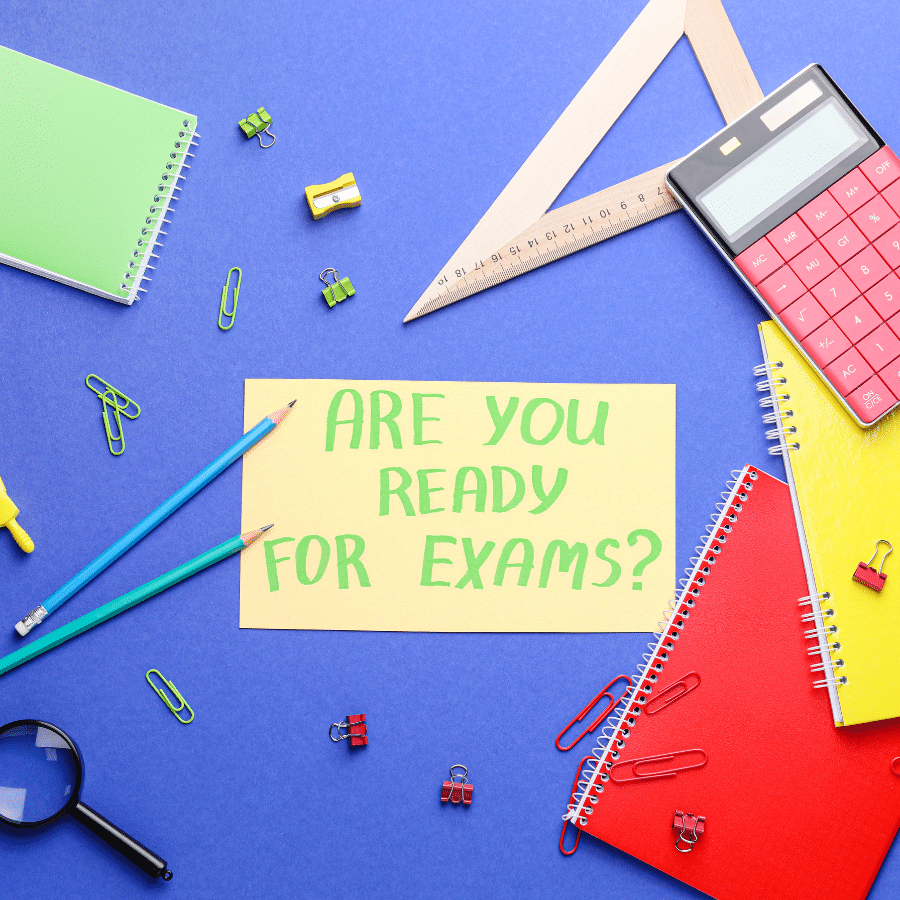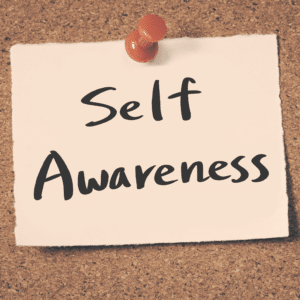개요
프레젠테이션을 부탁받았군요. 축하합니다! 하지만 아이디어를 브레인스토밍하고 슬라이드를 만들기 전에 프레젠테이션 기술이 수준급인지 확인해야 합니다. 이 분야의 전문가가 알려주는 팁을 포함하여 프레젠테이션을 준비하는 좋은 방법이 몇 가지 있습니다.거울을 보며 말하는 연습
거울은 당신의 친구입니다! 거울과 대화하는 연습을 해야 합니다. 혼자서도 할 수 있고, 다른 사람과 함께도 할 수 있습니다. 몇 가지 방법은 다음과 같습니다.- 거울 앞에서 큰 소리로 말하는 연습을 해보세요.
- 누군가에게 당신이 말하는 것을 비디오로 찍어달라고 부탁하고 나중에 함께 테이프를 비평하세요. 이렇게 하면 그들이 말할 때 어떻게 보이는지 배우는 데 도움이 되고 카메라 앞에서 말할 때 무엇이 잘 통하고 무엇이 잘 통하지 않는지 확인하여 프레젠테이션 기술을 향상시키는 데 도움이 됩니다.
Practice with a Friend or Family Member
Practice with a Friend or Family Member Practicing with someone else can help you to get over your nerves and feel more confident during your presentation. It’s also a great way to get feedback on what you are saying, so that you can improve your delivery and make sure that everything is clear. Practice in front of a mirror if possible, as this allows you to see how you look while speaking, which will help improve body language (i.e., standing up straight). If practicing in front of other people isn’t possible, try recording yourself on video so that later on when reviewing the footage of your practice session(s), there will be no embarrassing moments!정기적으로 프레젠테이션을 하세요
The best way to improve your presentation skills is by giving presentations. The more you do it, the better you will become at it! If you are not comfortable with speaking in public, start small by giving a presentation to your dog or cat. Once they get used to seeing you on stage and listening intently while looking up at them with adoring eyes (or paws), then move on to bigger audiences like friends and family members. Next step: give presentations at work; if possible ask an expert speaker who can offer advice on improving your performance as well as provide constructive criticism after each rehearsal session so that next time around everything goes smoothly without any hiccups whatsoever! Finally – if possible – try giving short talks at school during break times where there’s plenty of space available nearby where one could hold court comfortably without being interrupted by other students who might want some attention too…당신의 능력에 자신감을 가지세요
The first step to effectively presenting your ideas is to be confident in your ability. Many people are nervous when they present, but the key is to remember that you know more than most people about the topic at hand. You have spent hours researching and preparing for this moment, so take advantage of that hard work by being enthusiastic and energetic as well as prepared and having a plan! If you still find yourself feeling nervous during a presentation, try taking some deep breaths or singing songs under your breath until it passes (this has worked wonders for me). If all else fails, don’t be afraid to ask for help from friends or family members who are attending the event with you–they will appreciate that their presence is helping ease some of that anxiety which will undoubtedly make them feel even closer than before!당신이 무슨 말을 하는지 알아라
- 주제를 알아보세요.
- 청중을 아십시오.
- 말하는 목적을 알고, 그 목적을 명확하고 간결하게 표현할 수 있어야 합니다.
- 메시지를 어떻게 전달할 것인지(예: 슬라이드나 구두로) 그리고 이를 위해 얼마나 많은 시간을 할애할 수 있는지(예: 10분 대 30분) 알고 있어야 합니다.
노트와 비주얼 자료 준비
- 노트와 비주얼 자료 준비
- 프레젠테이션 중에 사용할 노트, 시각 보조 자료 및 기타 도구를 준비하려면 화이트보드나 플립차트를 사용하세요.
- 노트북이나 태블릿을 사용하는 경우 가능하면 외부 디스플레이에 연결하여 방에 있는 다른 사람들이 화면에 있는 내용을 명확하게 볼 수 있도록 하세요. 또한 연습 세션을 시작하기 전에 모든 케이블이 안전한지 확인하세요.
- 가능하다면, 다른 사람들이 귀를 혹사하지 않고(또는 더 나쁜 경우 잠들지 않고) 당신이 말하는 것을 들을 수 있도록 마이크를 사용하세요. 게다가, 이것은 사람들이 완전히 다른 것을 생각하는 대신 당신이 말해야 할 것에 집중하도록 하는 데 도움이 될 것입니다!
좋은 프레젠테이션의 핵심은 준비입니다.
좋은 프레젠테이션의 핵심은 준비입니다.- 발표하기 전에 프레젠테이션을 연습하세요. 혼자서 연습할 수도 있고, 친구나 가족 등 다른 사람과 함께 연습할 수도 있습니다.
- 거울 앞에서 프레젠테이션 연습을 해보세요. 그러면 자신이 얼마나 잘하고 있는지 확인하고 필요한 경우 그에 맞게 조정해 볼 수 있습니다.
- 비디오로 자신을 녹화한 다음, 피드백을 주는 모든 것에 지지를 보낼 가족들과 함께 다시 보세요(그리고 피드백을 요청하는 것을 잊지 마세요!). 이 방법은 노트를 읽는 데 어려움이 있는 경우에 특히 효과적입니다. 말할 내용을 기억해야 할 뿐만 아니라 보고 있는 사람과 눈을 마주치게 하기 때문입니다!









